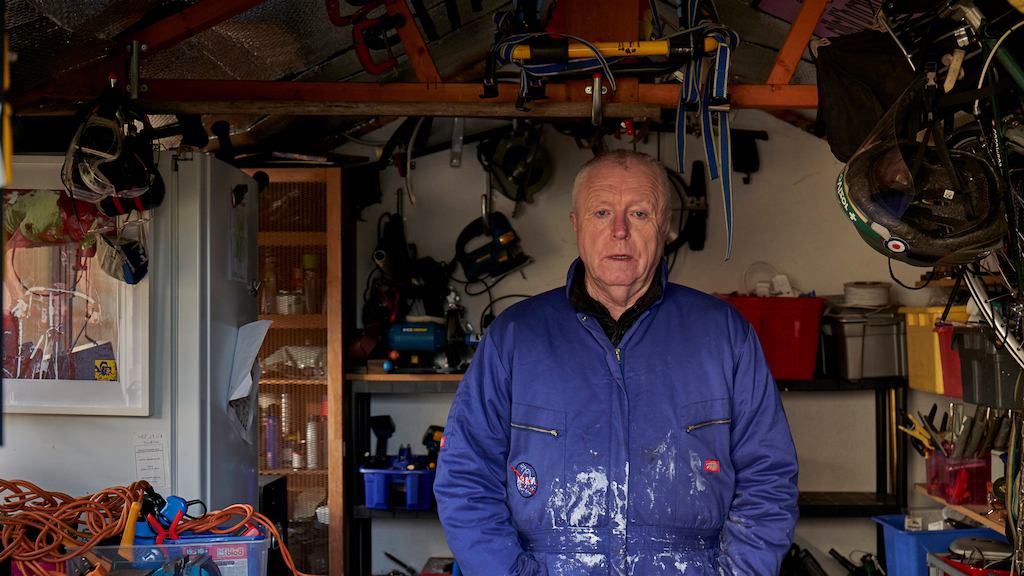More than one in five people aged 50 and over in England is living in a poor-quality home that could be making their existing health condition worse, new analysis from the Centre for Ageing Better reveals.
New data analysis from the charity’s Safe Homes Now campaign shows 4.5 million people aged 50 and over in England with a health condition aggravated by the cold are living in a home with one or more serious problems - including 2.8 million aged between 50 and 70 and 1.7 million aged 70 and above.
People are more likely to be impacted by this issue if from Black and Minority Ethnic (BAME) backgrounds, living in London or living with a serious health condition/disability, the new analysis from the Centre for Ageing Better reveals.
The statistics reveal the scale of the country’s poor-quality housing crisis.
The Centre for Ageing Better is warning that the government cannot hope to meet its missions on stabilising the NHS and growing the economy while the nation’s sub-par housing stock is making the country’s 50+ population sicker.
Dr Carole Easton OBE, Chief Executive at the Centre for Ageing Better, said:
"Our latest research shows that our poor-quality housing crisis is putting people with health conditions in their 50s, 60s and beyond, in harm’s way.
“This is obviously terrible for those individuals who live in homes that carry a very real risk of making them sick, particularly when winter comes around.
“But it is also very bad news for the country. Older workers living in homes that are making their health conditions worse are going to be less likely to be able to work and help grow the economy. Older people whose serious health conditions are made worse by their homes will require treatment, putting additional winter pressures on our health system.
“All could be averted if we tackled poor-quality housing with the urgency and priority it demands.”
The research looked at people aged 50 and above with a range of health conditions impacted by substandard living conditions including respiratory diseases, congestive heart failure, lung conditions such as asthma, heart disease and neurological disease. Housing problems identified included rising damp, water leaks, bad condensation, electrical or plumbing problems, rot and decay, being too cold in the winter and structural issues.
The new statistics reveal that of the 4.5 million people aged 50 and above in England with a health condition that is exacerbated by their home environment, one in three (33%) live in a home with a housing problem including one in seven (15%) who report having three or more housing problems.
Around one in two (46%) of people aged 50 and above from BAME backgrounds with one of these health conditions has at least one problem with their home – totalling nearly 500,000 older people.
This is compared to around one in three (32%) of people aged 50 from White backgrounds with a health condition who had at least one significant problem with their home.
People aged 50 and above from a BAME background and with a health condition (15%) were also more than twice as likely to have five or more issues with their housing compared to their White counterparts (6%).
The highest proportion of older people with these health and housing problems are living in the rented sector (51%) but the largest number, totalling 2.2 million people over 50, own their home outright.
Older renters with a health condition are up to three times (14%) more likely to have five or more issues with their home than someone 50 or over who owns their home outright.
People aged 50 and above with a health condition that deteriorates in the cold, damp and other poor housing conditions and with a significant issue with their homes, were most likely to live in London (52%) followed by the North East (35%) and the North West (35%).
The South West (27%), the West Midlands (28%) and the East of England (28%) had the lowest proportions.
Holly Holder, Deputy Director for Homes at the Centre for Ageing Better, said:
"No one should have to live in a home that damages their health, yet it is the norm for far too many people in England today.
“By failing to address poor-quality homes we are limiting the lives of some of the country’s poorest and most vulnerable people. Our new analysis shows that the combination of health and house problems are most likely to impact groups of people who are already disadvantaged by multiple health and wealth inequalities.
“Improving poor quality homes means longer, healthier and more fulfilling lives for everyone, reduced burden on health and social care services, and more jobs and skills in the economy.
“We are calling on the government to fix this hidden housing crisis by delivering a national strategy to tackle poor quality housing across all tenures and committing to halving the number of non-decent homes over the next decade. The strategy should be supported by a national network of local one-stop shops called Good Home Hubs that would offer advice on home repairs and adaptations including where to find trusted tradespeople, identifying what work needs to be done, how to finance repairs and improve energy efficiency.”

